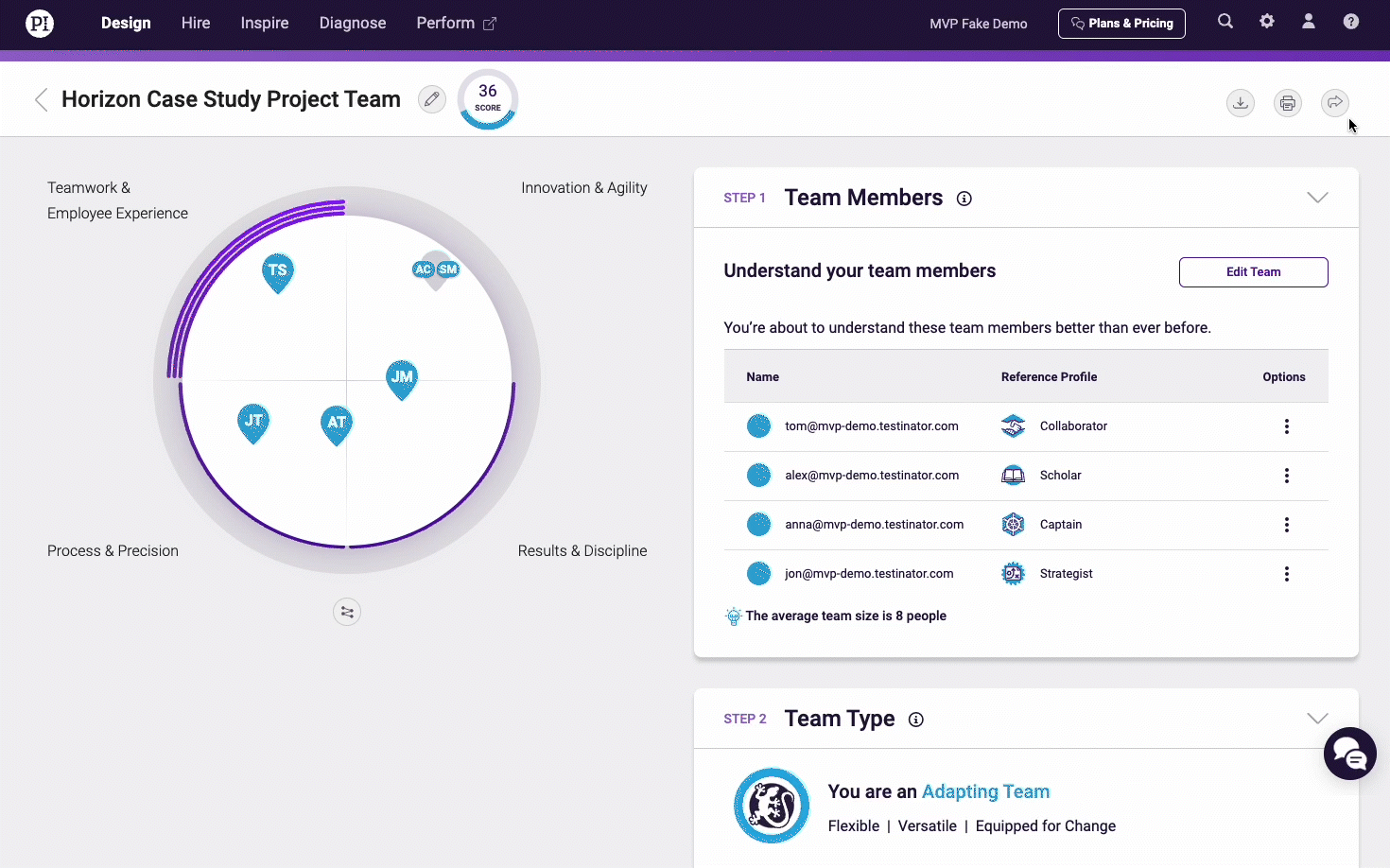In China, it’s called “996”—that is, 9 a.m. to 9 p.m., six days a week. Once taken as a given, 996 is now on the outs with Chinese tech workers who are organizing online to curb its excessive demands on their lives.
In the U.S., it’s called workaholism, or, more often, hustle culture. It’s why the water coolers at a popular coworking space feature cucumbers with carved-out messages, such as “Don’t stop when you’re tired. Stop when you’re done.”
As writer Erin Griffith noted in the New York Times recently, hustle culture is everywhere these days. It’s a workplace expectation that seems centered around a singular first principle: that you should love what you do, and should, therefore, be perfectly happy spending all your time doing it.
The problem with hustle culture
Yet there’s no proof that longer work shifts or working more days and hours each week will help employees be more productive on the job. There are actually plenty of reasons to believe it has precisely the opposite effect at some point.
Hustle culture can lead slowly but inexorably to an unhealthy or even toxic workplace with a bitterly competitive and deeply unhappy workforce. Eventually, this will make it far harder for the company to attract and retain the kind of top talent it depends on to stay competitive.
The answer is relatively simple: Encourage employees to take a far more moderate—what some might consider “balanced”—approach to work hours and effort.
How can you achieve this in your own company?
Join 10,000 companies solving the most complex people problems with PI.
Hire the right people, inspire their best work, design dream teams, and sustain engagement for the long haul.
Lead from the top down.
First and foremost, company leaders need to walk the talk. If you want to discourage 12-hour days, then let your employees see your executives walk out the door at the end of the day—and not just for a quick dinner before returning to the office.
Your employees won’t do as you say if what they see—that is, the behavior being modeled for them by company leaders—is the exact opposite. They’ll assume that this is just another example of a company giving lip service to employee quality of life while still expecting work to take precedence over everything else in a worker’s life.
By all means, tell your workforce that the culture is shifting and that you really mean it this time. But follow it up with concrete, observable behavioral shifts in the company’s C-suite as you begin to implement specific policies to help your employees follow suit.
Fall asleep on the job.
Yes, I’m saying you should encourage brief naps in the office.
Consider just a few of the companies that have already made napping part of their workplace culture:
- HubSpot
- NASA (yes, that one)
These employers know that a short midday nap can increase an employee’s creativity, in addition to staving off exhaustion and creating a friendlier, more positive workplace environment. Make some space available or encourage employees to use available unused rooms. You can even provide hammocks or couches for this purpose.
(Editor’s note: At The Predictive Index®, one of our core values is energy. We encourage our employees to take the time they need to rest and recharge so they can come to work energized and ready to conquer the day. Part of how we support this core value in action is through our Recharge Room, where employees can take a midday nap, meditate, or relax in a massage chair.)

Swap face time for vacation time.
If you want a happier and more productive workforce, loosen up your attendance and vacation policies. Yes, this will cost the company some money in lost work hours, but you’ll make bigger gains in productivity and employee engagement.
Unfortunately, this one may not be so easy to sell. Our fear of being unseen at work may now be hard-wired into us. As a result, you might have to work to persuade your employees you’re really serious about this particular culture shift. Your more ambitious employees may simply assume you don’t really mean it, and even if you do, why chance it?
This is a lesson well learned by Mark Douglas, CEO of SteelHouse, a marketing company. He launched his company with one simple vacation policy for employees: It’s unlimited, period. They could take as much as they wanted.
The result? One year later, he had to start paying his workers to take that annual leave.
The company still uses this approach, by the way. Each worker gets $2,000 a year which they can use for travel and experiences. They can blow it on one big trip or several smaller trips. It’s completely up to the employee. (The only restriction is that your travel and agenda must be legal.)
How has this strategy worked out for SteelHouse in the eight years since it was first implemented? Well, virtually no turnover, for starters. Five people out of 250 employees total have left the company—an impressive stat for an industry with an average turnover rate of 17%. And the impact on employees when they return is remarkable; they show up energized and yield greater degrees of productivity.
Try a little positive reinforcement.
Positively acknowledge employees who exhibit more balanced behavior.
It’s a fairly uniform trait that most of us share: we respond to praise. The actions that get positive attention tend to be the actions that get repeated.
If you want to discourage hustle culture, try noticing when employees reject the hustle in favor of a more balanced sense of work and life. Better yet, reward them for that behavior with praise and positive feedback. Notice who clocks out for lunch and who takes full advantage of their vacation days, then make it a point to praise those folks openly for making smart choices.
Embrace remote work.
With all the strides corporate America has made in crafting more flexible work arrangements to suit a more sophisticated (and stressed) workforce, you’d think this would go without saying. Yet many employers are still reluctant to even attempt an experiment in remote work.
The truth is there’s never been a better time to work on that bias. With the explosion in recent years in collaborative work technology (think Slack, Workplace, GitHub, and Google’s suite of work-ready apps), you can maintain team cohesion and communication without corralling all of your team members in one physical location.

Commit to changing your company’s addiction to busy-ness.
A company that celebrates workaholism and 24/7 drive isn’t going to change into a feel-good center of Zen-like collaboration and wellness overnight, nor should it. Each company has to figure out where its optimal condition for productivity and engagement rests along that spectrum.
Before you adopt any strategies to help your workers shed their addiction to the grind, first take some time to observe the current reality. How many hours do your employees actually stay at the office? Which workers will be natural leaders when you institute policy shifts, and which will resist the new direction? What kind of pushback can you reasonably expect from management and other executives?
Achieving buy-in on some of these policies will be easier than with others, but which present the biggest challenge depend to a large extent on prior experience and institutional memory as well as on the personalities of key stakeholders. Try to ascertain what the real nature of the resistance is.
For example, an executive might have a knee-jerk “no way” reaction to the suggestion of remote work. That could be because they simply don’t understand how the technology landscape has changed to make remote work less risky for the company. Or it could be because of a former employee who took advantage of the arrangement to watch reruns of “The West Wing” in their pajamas. When you know what the problem really is, you’re better equipped to address that pushback.
Complete work-life balance is a myth. It simply does not exist. Instead, aim to create an environment in which your company culture can naturally evolve to better support all of its employees. The return on that investment will be worth the effort.








